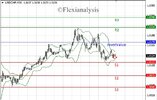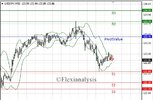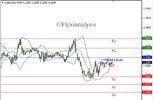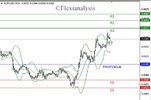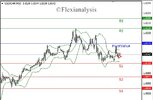Global stocks slightly higher
Global stocks were slightly higher Friday as major indexes looked set to close out a week of gains.
The Stoxx Europe 600 rose 0.3% in early trade.
Shares in Asia also edged up. Australia’s S&P/ASX 200 gained 0.3%, led by the resources sector, and Japan’s Nikkei Stock Average was up 0.1%. China’s Shanghai Composite Index climbed 0.4%.
Wall Street ended a touch lower Thursday as health-care and energy shares declined.
Still, markets have broadly rallied this week after recovering from a brief initial shock sparked by the Paris terror attacks last Friday as investors perceived the events as unlikely to have inflicted major economic damage.
Stocks gained after the Federal Reserve’s October meeting minutes released late Wednesday showed officials appeared on track to raise interest rates from ultralow levels in December, reducing some uncertainty hanging over markets.
Atlanta Fed President Dennis Lockhart on Thursday reiterated that financial-market volatility has calmed enough for him to feel comfortable with lifting rates soon, while Fed Vice Chairman Stanley Fischer also pointed to a potential rate rise in the “relatively near future.”
Meanwhile, minutes from the European Central Bank’s October meeting released Thursday pointed to the possibility of more easing in December. Stimulus measures from central banks have boosted equity markets in recent years.
“Both the ECB and the Fed minutes effectively confirmed what we already know, but they left key questions open,” said Philip Shaw, chief economist at Investec. While investors are fairly certain the Fed will raise interest rates in December, how “gradual” further tightening will be remains unclear, he said.
Investors are expecting further stimulus from the ECB, but are uncertain what form that will take. ECB President Mario Draghi has left the door open to adjusting its bond-buying program and a further cut to its deposit rate, which is already in negative territory. A speech later Friday Mr. Draghi may offer further clues.
In currencies, the euro fell 0.4% against the dollar to $1.0675, while the dollar edged up against the yen to Yen122.9400.
In commodities, Brent crude oil was down 0.2% at $44.14 a barrel. Gold was up 0.2% at $1,079.80 a troy ounce.
